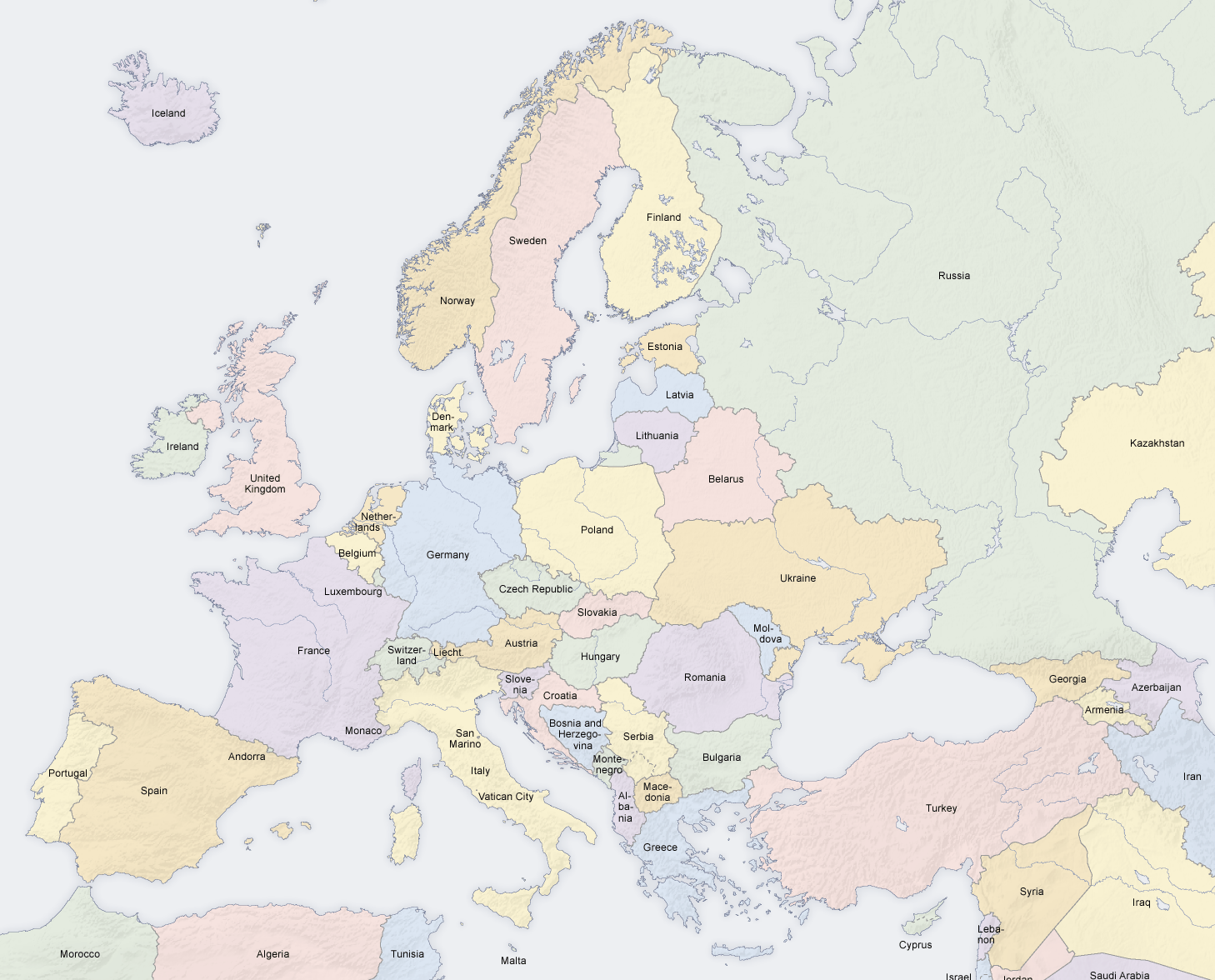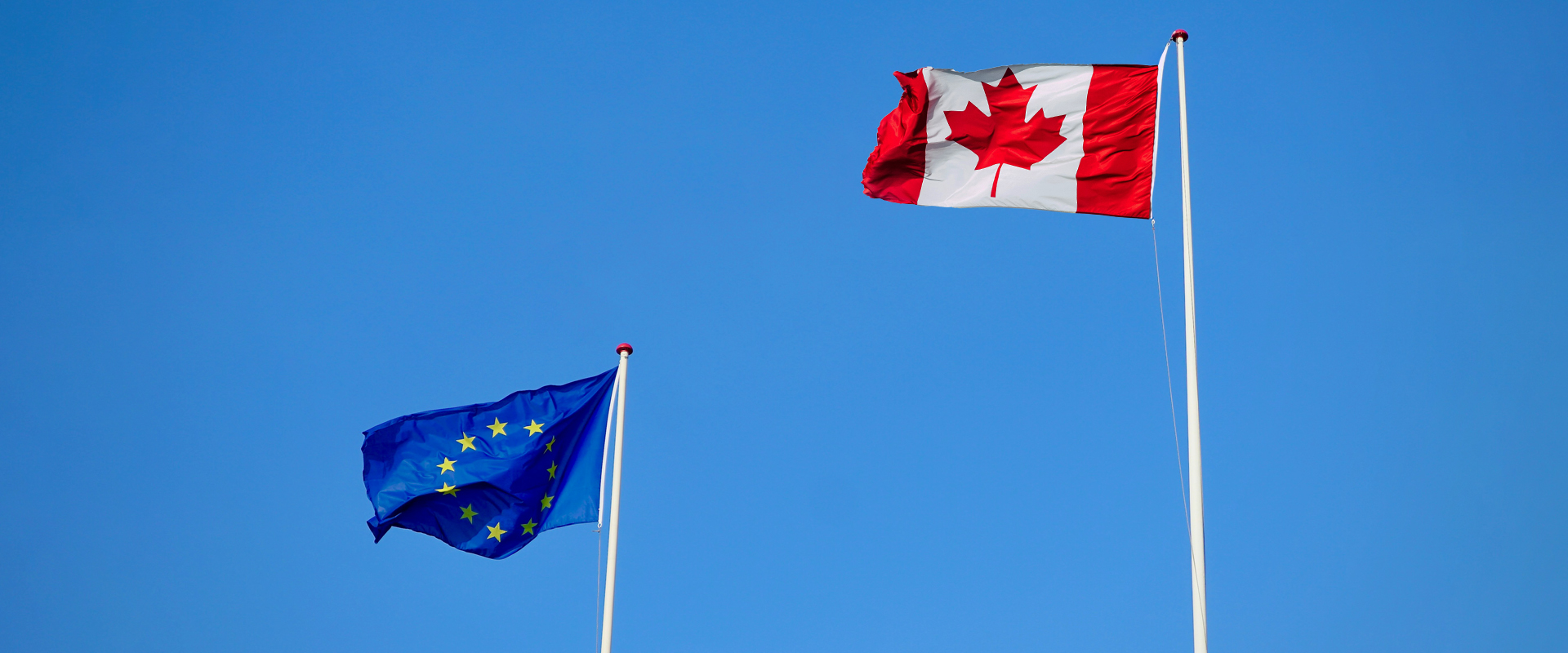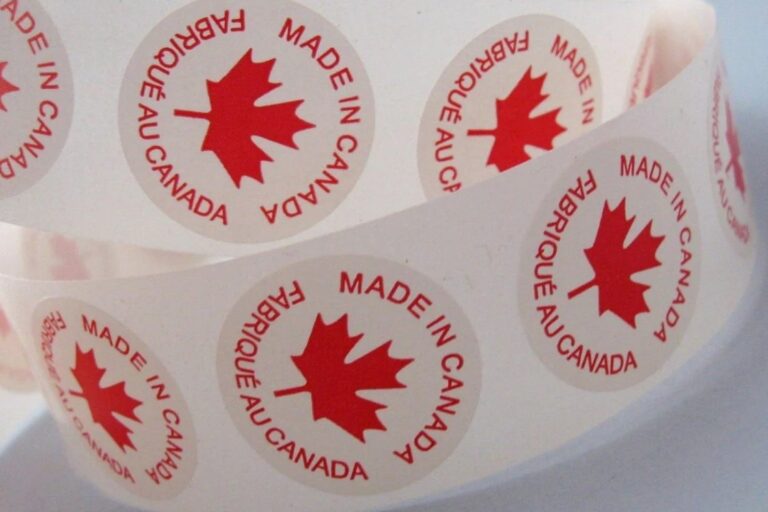With a population of almost 450 million people, the European Union (EU) is a major trading partner for Canada—second only to the United States. The EU is also the world’s largest importer of services, and second largest importer of goods, creating countless business opportunities for Canadians.

To make trade easier, in 2017 Canada and the EU established the Canada-European Union Comprehensive Economic and Trade Agreement (CETA). CETA is a bilateral free trade agreement, meaning an agreement signed between two parties, which minimizes tariffs and other trade barriers.
What does CETA mean for your business?
CETA removes tariffs on 98% of Canadian exported goods, helping to make Canadian products more competitive in the EU market. Yet, in the modern world, it can be difficult to determine what is considered ‘Canadian goods’ as most products are created using materials or labour from other countries.
For example, a watch might be made with Canadian leather, American titanium, and Japanese stainless steel. Rules of origin determine how much production, or how many materials, must occur within Canada for a product to be considered applicable under CETA’s terms, helping to maintain clear and fair business practices.
Canadian businesses exporting goods that meet CETA’s rules of origin can experience a range of benefits when trading with the EU:
Market Transparency: Canada and the EU work together under CETA to make trade more predictable, helping to protect small and medium sized enterprises (SMEs), in the international market.
New Clients: Under CETA, Canadian businesses can bid on opportunities presented by EU governments (local, regional and state), gaining access to a $4.6 trillion market.
Regulatory Cooperation: All countries have rules that dictate who, what, where, why and how products are made. When importing, shipments must pass regulatory conformity assessments to make sure they follow the importing nation’s rules. Under CETA, regulatory processes are simplified and streamlined. Canada and the EU collaborate to align standards, allowing qualifying shipments to avoid certain regulatory processes. If new regulation is introduced in the future, it will automatically be integrated into CETA, so trade remains open and predictable.
Removing Non-Tariff Trade Barriers: Tariffs aren’t the only thing that can make international trade challenging. CETA works to streamline customs procedures and other activities at the border, ensuring that Canadian products get into the EU market without delays.
While CETA presents a range of opportunities when it comes to exporting Canadian products, it also helps businesses in other ways.
Canadian businesses that rely on imported goods can get the supplies they need from the EU quickly, predictably and without price increases that could be caused by tariffs. Nine out of thirteen provinces and territories have increased imports from the EU since CETA was established.
CETA for service providers: More than export

Canadian businesses that offer services, rather than physical goods, are also supported under CETA. The agreement not only streamlines shipments of physical goods, but it also provides Canadian business owners with more opportunities to sell services to the EU. This makes it easier for skilled professionals to work in the EU, and with very few exceptions, Canadian services are treated the same as those from the EU.
By taking the guesswork out of international trade and addressing key challenges that SMEs face when exporting, CETA makes it easier for businesses to seize new opportunities.
Other opportunities
If your business plan doesn’t involve export to the EU, rest assured that there are other agreements in place that will help you meet your export goals.
- Canada-United Kingdom Trade Continuity Agreement: While the United Kingdom left the European Union in 2016, they are still a significant trade partner for Canada, and this trade agreement keeps many of the main benefits of CETA in place.
- Additional Free Trade Agreements: Canada has free trade agreements in place with over 50 countries, offering preferred export opportunities for Canadians worldwide.
- Tools for Businesses: Whether you’re ready to export to the EU or have your sights set on other markets, there are tools in place to help set your business up for success.
Get started today
By simplifying trade with the EU, CETA helps Canadian businesses succeed in the global market.
Do you want to take advantage of these opportunities, but aren’t sure where to start? Export Navigator not only offers resources and guides, but also has one-on-one support for your business.
Connect with our export advisors today to learn how to make CETA work with your goals and begin building your EU export strategy.



